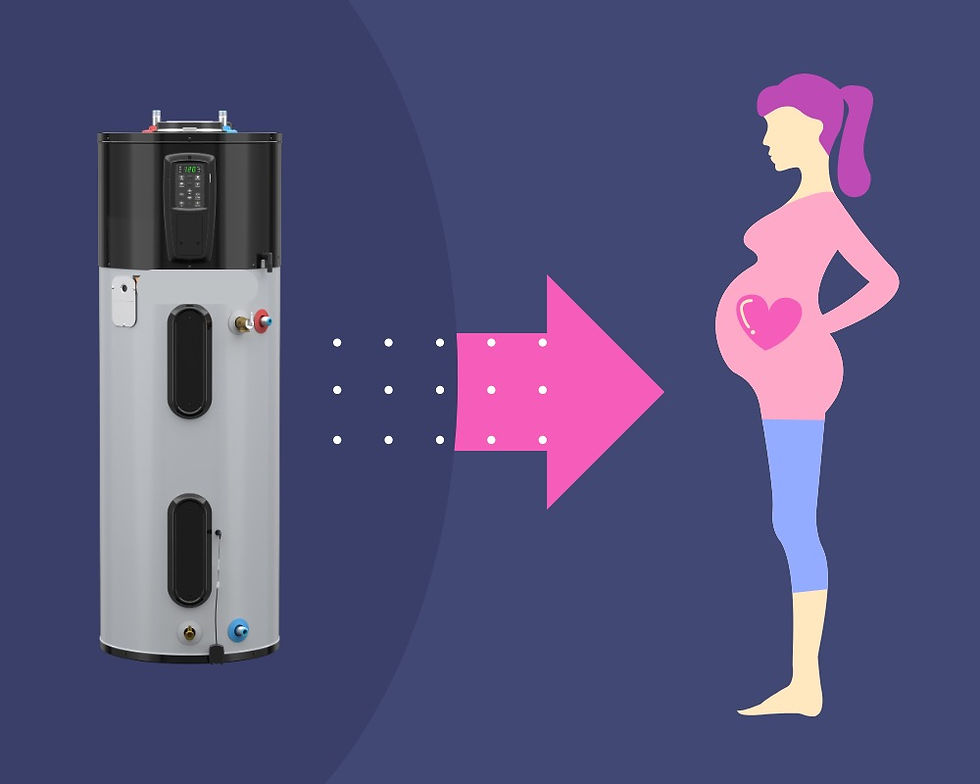Fast Fashion Versus The Environment. Who Wins?
- Anika Sikka
- Feb 27, 2021
- 3 min read
Updated: Mar 1, 2021

Throughout history, fashion has evolved immensely; we’ve gone from formal corsets to casual sweaters and leggings. In a sense, fashion has morphed into a mechanism of self-expression, with many finding solace in the notion that their clothes have the ability to represent their identity.
But, nestled behind the fabrics of these clothes rests one of the most imminent dangers of the fashion industry: fast fashion — a system by which cheap clothing is produced to mirror the biggest current fashion trends.
While it’s no doubt that cheap clothing is desirable, the costs of fast fashion are being forced upon the environment, producing 10% of the total global carbon emissions.
Even more so, fast fashion requires quicker production in larger quantities, leading to more energy and water being wasted in process. To produce a single pair of jeans, 2,000 gallons of water are used, not accounting for the water used in the dying process.
Obviously, fast fashion poses a serious threat to our environment, so what can we do as consumers to thwart the continued abuse of our earth by the fast fashion industry?
Luckily it’s not too late to start changing our actions, and I’ll share with you some simple sustainable fashion practices that I myself have employed when shopping.
Buy less and buy smart
It’s understandable that after seeing the newest fashion trend online that you’d want to go buy new clothing that’s “in style,” but with trends changing as quickly as each week, it’s simply not sustainable. In every sense of the word. Instead, try to buy practical clothing that you know you’re going to wear for a while. While the trendiest looks may be in style now, ask yourself if you’ll really wear them six months from the purchase. Or if you can create the looking you're going after by using accessories.
To buy less but get a wardrobe "change", simply repurpose old clothing or embellish it. There are multiple tutorials on the internet showing countless ways to transform old clothing using household materials. Repurposing old clothes is not only a sustainable fashion choice, it’s fun to use your creative juices to create a customized piece of unique clothing.
Buy from thrift stores
There are many thrift stores that sell very nice, barely worn, second hand clothing for much cheaper than retail price — a win-win situation because it’s cheaper and better for the environment. Online tools such as Depop and Poshmark allow users to buy and sell old clothing, a much more sustainable approach to dealing with old clothing rather than just discarding it.
Shop from sustainable/local brands
A great option to fight fast fashion is to shop locally as local small business owners often employ sustainable practices in their production. Shopping from sustainable small businesses is better for the environment as they use less resources, and provides you with a more customized and personal garment. Online platforms such as Etsy are great places to find small businesses to shop from, and local Los Altos Downtown stores are an excellent option as well.
The transition to shopping sustainably isn’t an easy one — it requires a change of mindset and perception of individual impacts. I encourage everyone to question your favorite clothing brands; do some research, are they ethical? Do they partake in fast fashion?
While letting go of some of your favorite brands may be tough, I have faith that you connote more importance to the future of our planet as opposed to a pair of cheaply made shoes; I’m sure that combined, our actions will make a difference.




Comments